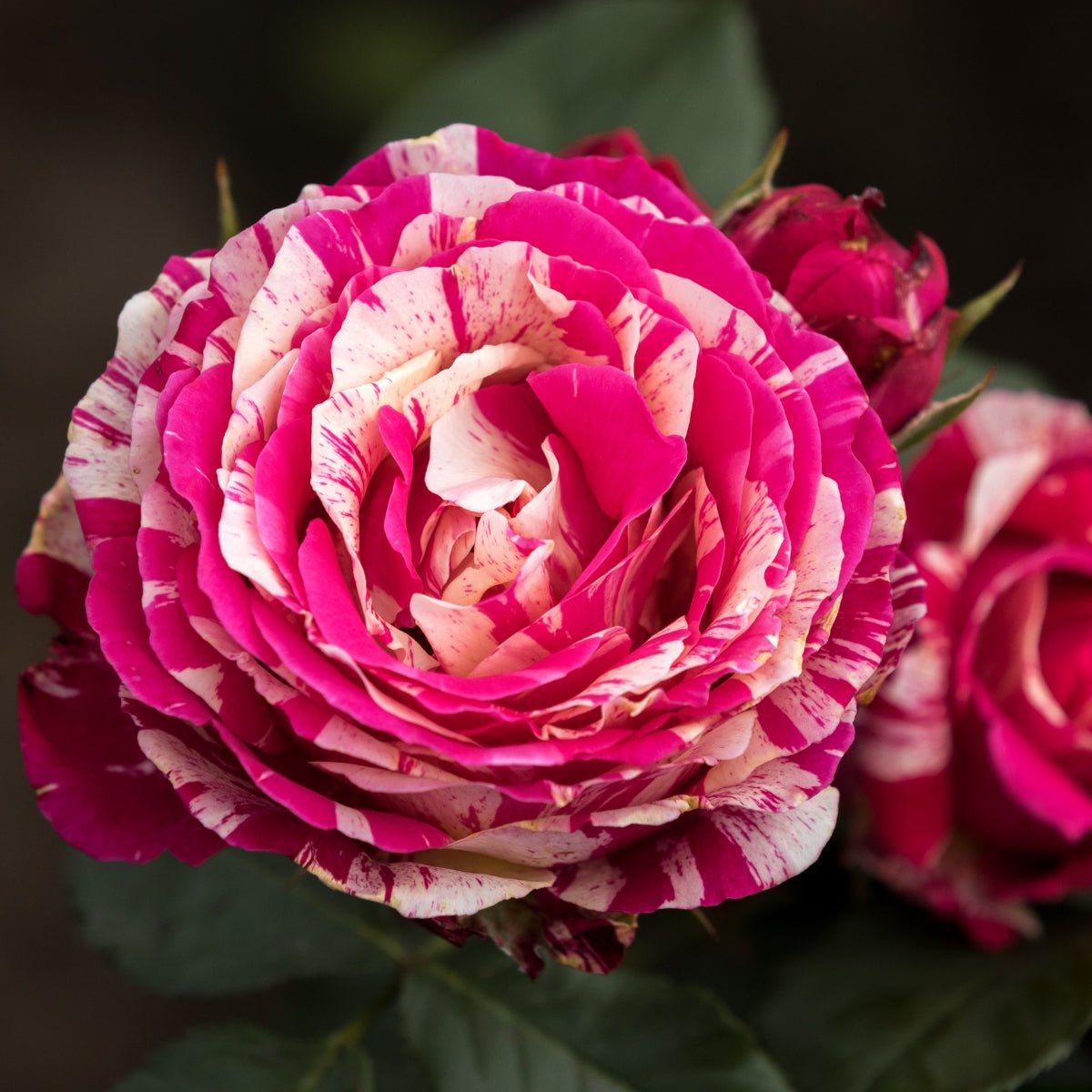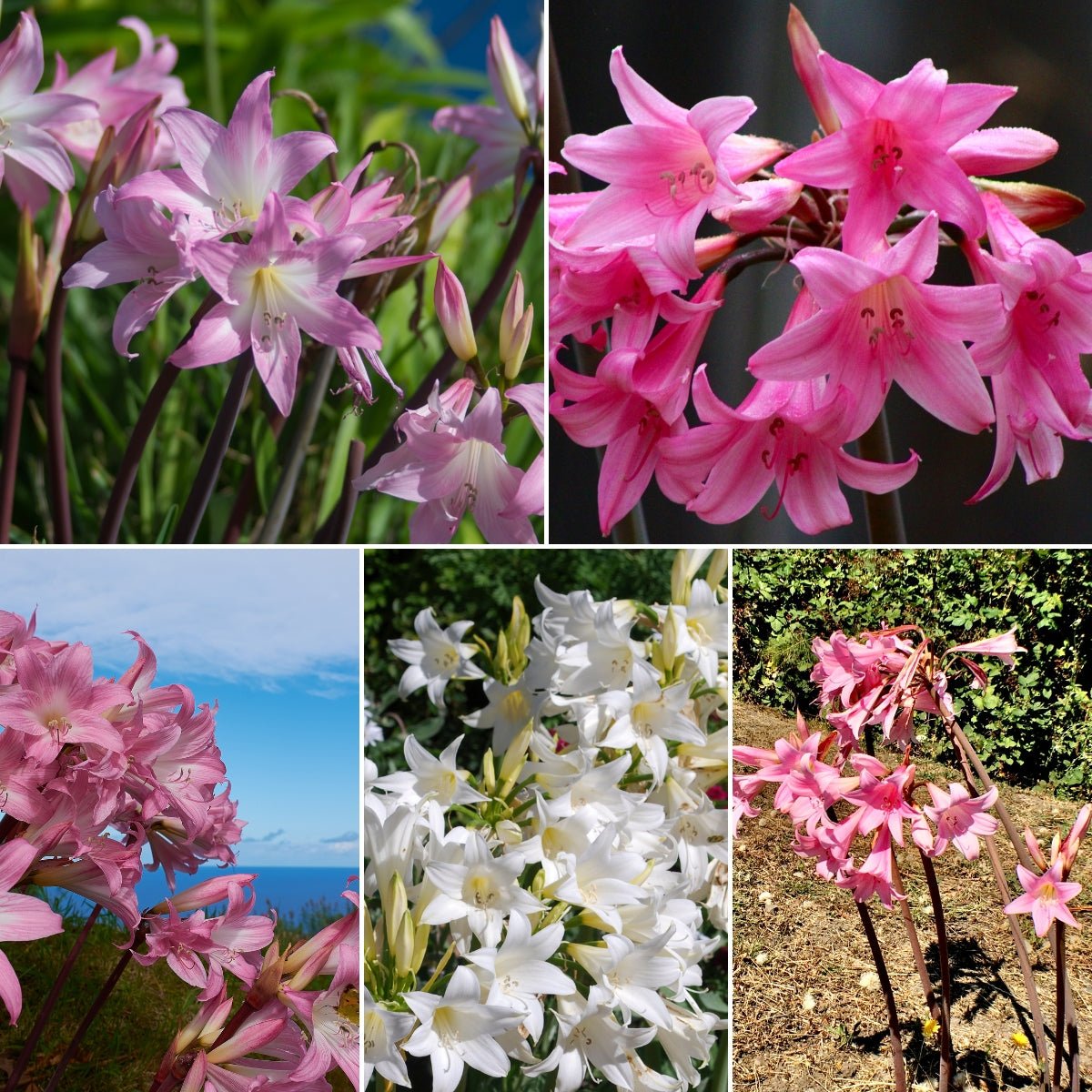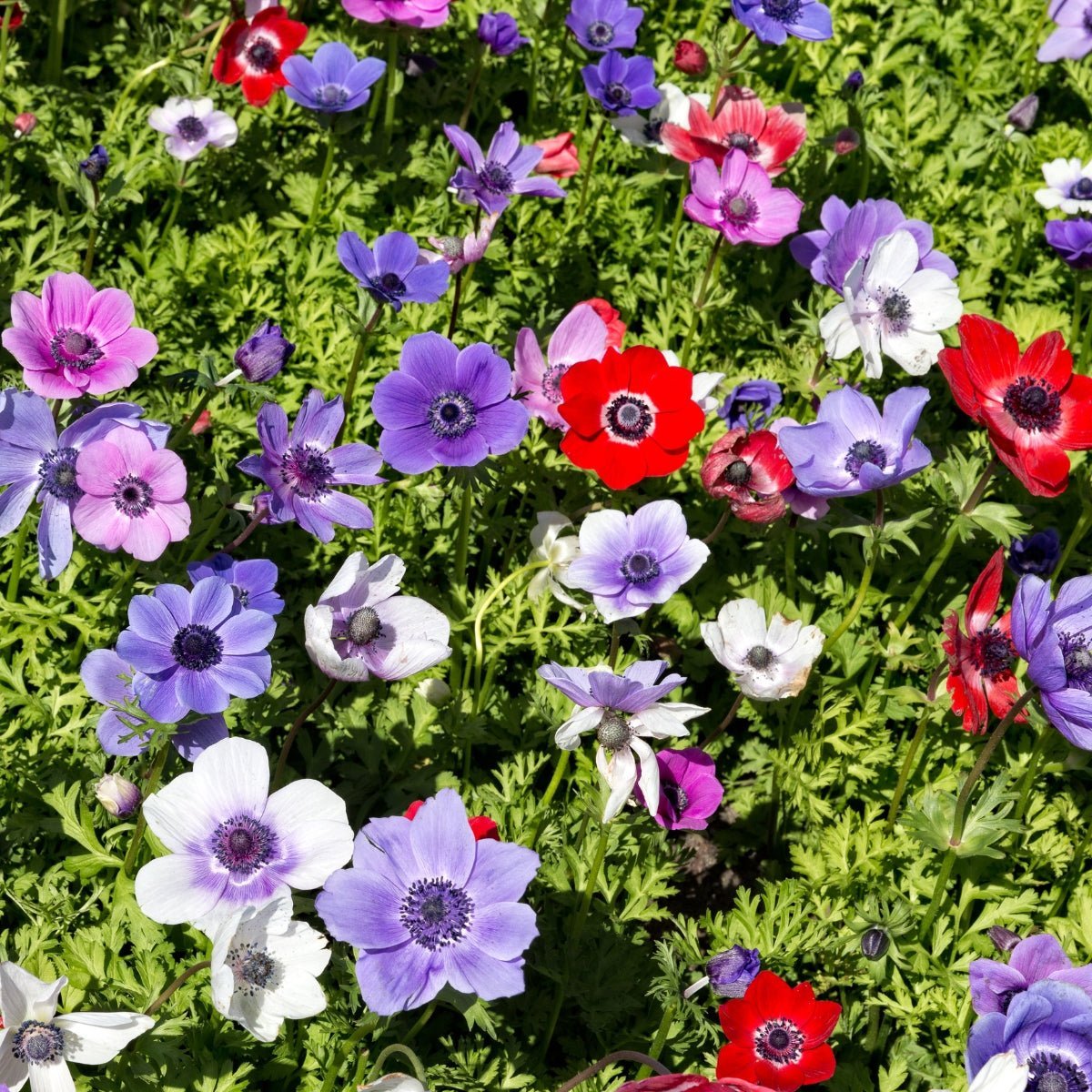Roses are a classic favourite among gardeners worldwide, and Australia is no exception. With their captivating beauty and delightful fragrance, roses can transform any garden into a vibrant paradise. This guide will provide you with all the essential tips and tricks to successfully grow roses in Australia's unique climate.
Choosing the Right Roses
Varieties
When selecting roses, it's crucial to choose varieties that suit your climate and garden style. Here are some popular rose varieties that thrive in Australia:
- Hybrid Teas: Known for their large, elegant blooms and strong fragrance.
- Floribundas: Produces clusters of flowers, perfect for creating colourful garden displays.
- Climbers and Ramblers: Ideal for covering walls, fences, or trellises.
- Shrub Roses: Hardy and disease-resistant, perfect for informal garden settings.
- Miniature Roses: Compact and ideal for containers or small garden spaces.
Climate Suitability
Roses can be grown in various climates across Australia, from the temperate regions of Victoria and Tasmania to the subtropical areas of Queensland. However, they do best in areas with distinct seasons and moderate temperatures.
Planting Roses
Timing
The best time to plant roses in Australia is during the cooler months of late autumn to early spring. This allows the plants to establish roots before the summer heat arrives.
Location
Choose a sunny spot that receives at least six hours of direct sunlight daily. Good air circulation is essential to prevent diseases.
Soil Preparation
Roses thrive in well-draining, loamy soil rich in organic matter. Before planting, enrich the soil with compost or well-rotted manure. Aim for a slightly acidic to neutral pH (6.0-7.0).
Planting Depth and Spacing
- Bare-Root Roses: Soak the roots in water for a few hours before planting. Dig a hole large enough to spread the roots and plant at the same depth as they were in the nursery.
- Potted Roses: Water the plant thoroughly before planting. Dig a hole slightly larger than the pot and plant at the same depth.
Space your roses about 60-90 cm apart to allow for proper air circulation and growth.
Caring for Roses
Watering
Roses require regular watering, especially during the growing season. Water deeply at the base of the plant, avoiding wetting the foliage to prevent fungal diseases. Aim for at least 2.5 cm of water per week.
Fertilizing
Feed your roses with a balanced, slow-release fertilizer in early spring as new growth begins. Supplement with a high-potassium feed during the flowering period to promote blooms. Avoid over-fertilizing, as this can lead to excessive foliage growth and fewer flowers.
Pruning
Pruning is essential for maintaining the shape, health, and productivity of your roses. Here are some basic pruning tips:
- Winter Pruning: Conduct major pruning in late winter when the plants are dormant. Remove dead, diseased, or crossing branches and trim back the main stems by about one-third.
- Deadheading: Regularly remove spent blooms during the growing season to encourage more flowers and maintain a tidy appearance.
Troubleshooting Common Issues
Pests and Diseases
Roses are susceptible to a variety of pests and diseases, including:
- Aphids: Treat with insecticidal soap or neem oil.
- Black Spot: Prevent by ensuring good air circulation and avoid overhead watering. Treat with fungicides if necessary.
- Powdery Mildew: Similar prevention and treatment methods as black spot.
Poor Flowering
If your roses are not flowering well, consider the following:
- Ensure they are getting enough sunlight.
- Check the soil pH and adjust if necessary.
- Avoid excessive nitrogen fertilizers.
Propagating Roses
Roses can be propagated through cuttings. Here's how:
- Select Healthy Stems: Choose a healthy stem with at least three leaf nodes.
- Cut and Prepare: Cut the stem just below a node and remove the lower leaves.
- Plant the Cutting: Dip the cut end in rooting hormone and plant in a pot filled with a mix of sand and compost.
- Maintain Moisture: Keep the soil moist and place the pot in a warm, shaded area until roots develop.
Seasonal Care Tips
Spring
- Begin regular watering and feeding as new growth appears.
- Prune and deadhead to encourage blooms.
Summer
- Maintain consistent watering and mulch to conserve moisture.
- Monitor for pests and diseases.
Autumn
- Continue watering and feeding until the plants go dormant.
- Plant new roses and transplant if necessary.
Winter
- Conduct major pruning and prepare the garden for the next growing season.
Wrapping Up
Growing roses in Australia can be a rewarding and fulfilling experience. With their stunning blooms and enchanting fragrance, roses add timeless beauty to any garden. By following the tips and advice in this guide, you'll be well on your way to enjoying healthy, vibrant roses year after year.
FAQs
Q: Can roses be grown in pots? A: Yes, roses can be grown in pots. Choose a large pot with good drainage and use a high-quality potting mix. Regular watering and feeding are essential.
Q: How long do rose blooms last? A: The bloom time can vary depending on the variety and weather conditions, but rose flowers typically last for 1-2 weeks.
Q: Can I plant roses in the shade? A: Roses need at least six hours of direct sunlight daily to thrive. Planting in the shade can result in poor growth and fewer flowers.





